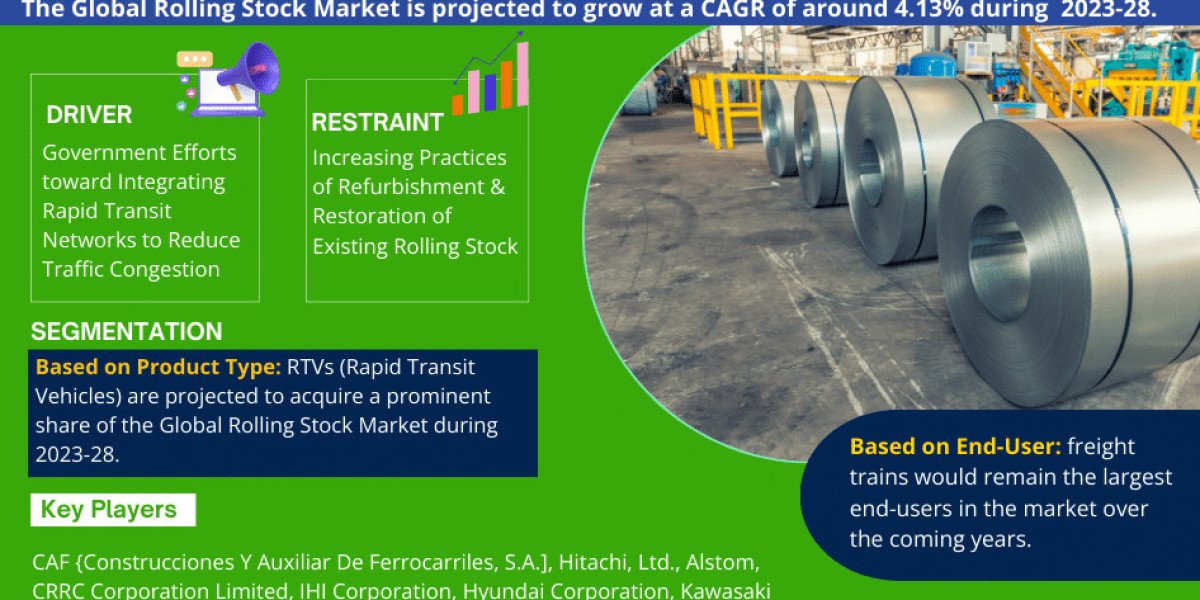As we look toward 2025, marketing is expected to undergo major shifts. With technology and consumer behavior evolving rapidly, businesses need to keep up with the latest trends to stay relevant. Here are ten trends that I believe will shape the marketing landscape in 2025.
1. Video Marketing
Video content continues to captivate audiences worldwide. People prefer watching short, engaging clips over reading lengthy articles, and this preference is reshaping how brands communicate. Platforms like TikTok, Instagram Reels, and YouTube Shorts are more popular than ever, especially among younger demographics.
By 2025, we’ll likely see videos becoming even shorter and more interactive. For example, shoppable videos, where viewers can click on products directly within the content, will gain more traction. Brands that incorporate storytelling into their videos will also stand out, as consumers gravitate toward authentic and relatable narratives.
2. Privacy and Data Protection
Privacy concerns are at the forefront of consumer minds. Stricter regulations, such as GDPR and CCPA, have already changed how marketers collect and use data. By 2025, we can expect even tighter controls, with companies being more transparent about their practices.
Marketers will shift towards strategies that rely less on third-party cookies and more on first-party data. This means creating direct connections with customers through email lists, subscription models, and personalized surveys. Transparency and trust will become key differentiators for brands that aim to win over skeptical audiences.
3. Voice Search
The rise of voice assistants like Alexa, Google Assistant, and Siri has changed how people search for information. By 2025, voice search will play an even bigger role, especially for local and conversational queries.
Marketers should focus on optimizing content for voice search by using natural language and question-based formats. For example, instead of targeting “best pizza in Dublin,” brands might consider queries like “Where can I find the best pizza in Dublin?” This shift will require content to be more conversational and aligned with how people speak.
4. Influencer Marketing
Influencer marketing is no longer limited to celebrity endorsements. Micro and nano-influencers—those with smaller but highly engaged audiences—are becoming more impactful. By 2025, the focus will likely shift further toward authenticity.
Brands will work with influencers who align closely with their values and niche. For example, a fitness brand might collaborate with local trainers or wellness bloggers who have a loyal following in their community. This approach not only builds trust but also ensures campaigns feel organic.
5. AI Chatbots
AI chatbots are revolutionizing customer service and engagement. In 2025, chatbots will go beyond simple FAQs and evolve into sophisticated tools capable of simulating human-like interactions.
For instance, the rise of tools dubbed as AI soulmate makers will provide users with deeply personalized experiences. This concept, while often discussed in entertainment contexts, highlights how AI can create stronger emotional connections between brands and their audience. Businesses using chatbots for personalized product recommendations, interactive customer support, and even marketing campaigns will stay ahead of the curve.
6. Augmented Reality and Virtual Reality
AR and VR are no longer futuristic concepts—they are becoming integral to marketing. By 2025, brands will use these technologies to create immersive experiences that connect with their audiences in meaningful ways.
Retailers might offer AR-powered virtual try-ons for clothing, makeup, or even furniture. Similarly, VR will be used to host virtual events, product launches, or brand storytelling experiences. For example, a travel company could use VR to offer a virtual tour of a destination, inspiring customers to book trips.
7. Trendjacking
Trendjacking, or the practice of leveraging current trends to gain visibility, is becoming a go-to strategy for brands. However, it requires a careful balance between relevance and authenticity.
In 2025, marketers will need to be quicker than ever at identifying trends and crafting campaigns that align with them. Social media platforms will be the hub for this activity, with brands jumping on trending hashtags, memes, and challenges. While this can bring significant engagement, it’s essential to ensure the content resonates with the brand’s identity and audience.
8. Online Multiplayer Games
Online multiplayer games are more than just entertainment—they are communities where people connect and share experiences. Marketers are recognizing the potential of in-game advertising, partnerships, and branded experiences.
By 2025, we’ll see more brands entering this space creatively. For example, collaborations within popular games could include branded skins, virtual events, or sponsored tournaments. One particularly engaging format could be the incorporation of activities like the Irish poker drinking game within gaming environments, blending social fun with brand visibility. Such integrations offer a unique way to connect with younger, tech-savvy audiences.
9. Visual Search
Visual search is transforming how people find products online. Instead of typing keywords, users can now upload images to search for similar items. Platforms like Pinterest and Google Lens are leading this revolution.
In 2025, brands will need to optimize their images and metadata to be discoverable through visual search. For example, a fashion retailer could ensure that their product photos are tagged with detailed descriptions, making them easier to find when someone uploads a similar item. Visual search bridges the gap between inspiration and purchase, creating a seamless shopping experience.
10. Sustainability and Social Responsibility
While not on the initial list, sustainability remains a critical trend worth mentioning. Consumers are increasingly choosing brands that align with their values. By 2025, sustainability and ethical practices will be non-negotiable for businesses.
From eco-friendly packaging to transparent supply chains, companies will need to prove their commitment to social and environmental causes. Marketing campaigns highlighting these efforts will resonate deeply with conscientious consumers.
Conclusion
Marketing in 2025 will be shaped by innovation and a growing emphasis on authenticity, privacy, and personalization. These trends, from video marketing to augmented reality, highlight the need for businesses to stay adaptable and customer-focused.
While some of these shifts are already underway, their full impact will become evident in the coming years. As marketers, staying informed and proactive will be essential to thrive in this ever-changing landscape.







